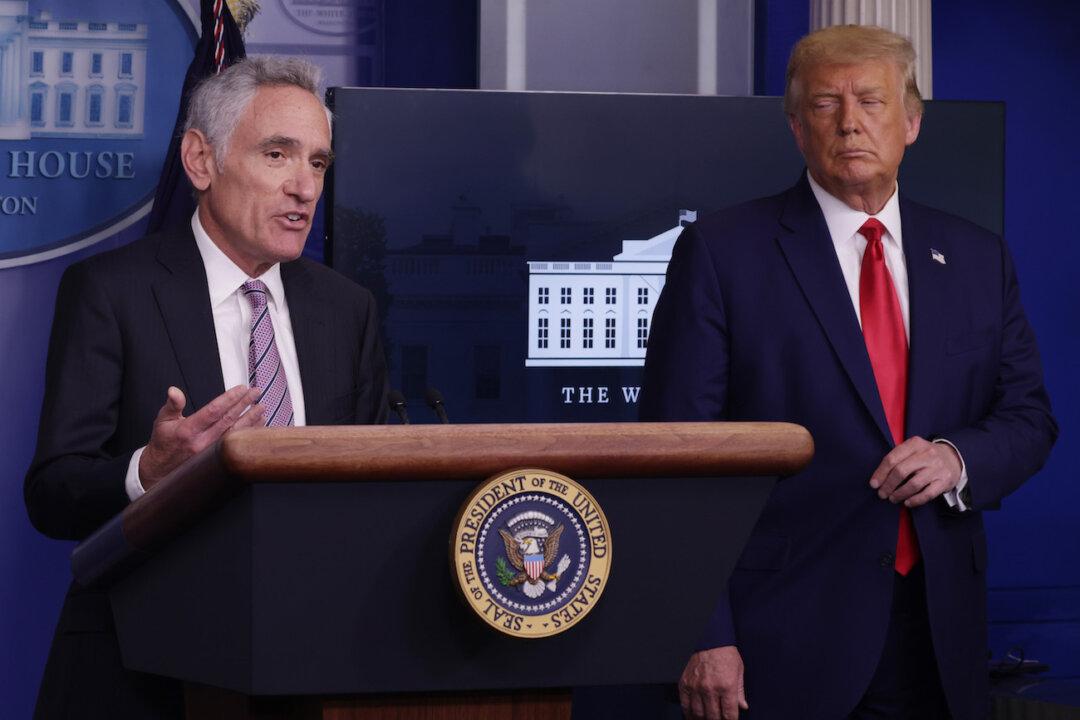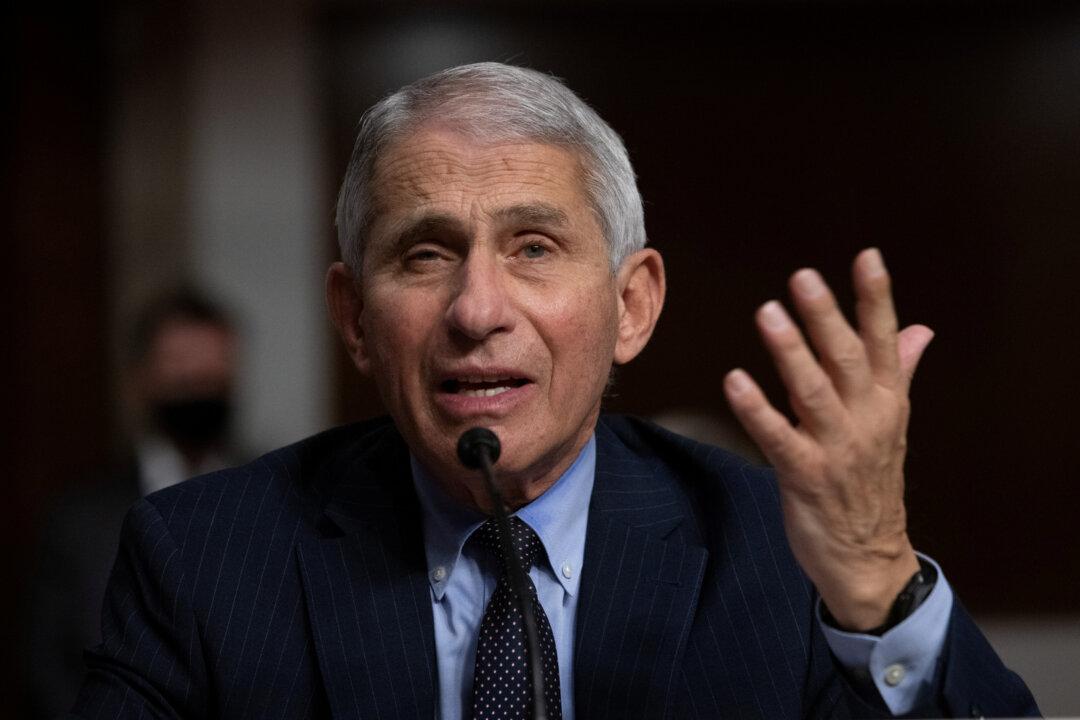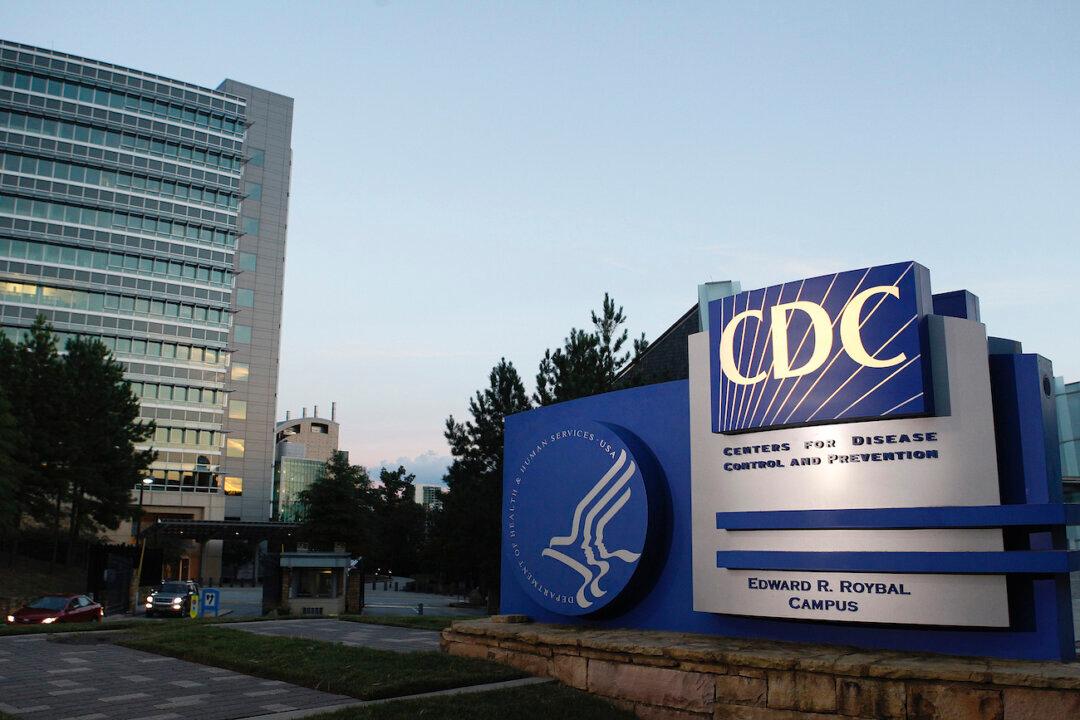Trump adviser Scott Atlas recently accused U.S. Centers for Disease Control and Prevention (CDC) Director Robert Redfield of misstating CCP virus data during a news conference on Wednesday.
According to Atlas, Redfield had not been referring to the most recent CCP (Chinese Communist Party) virus data when making his testimony.





